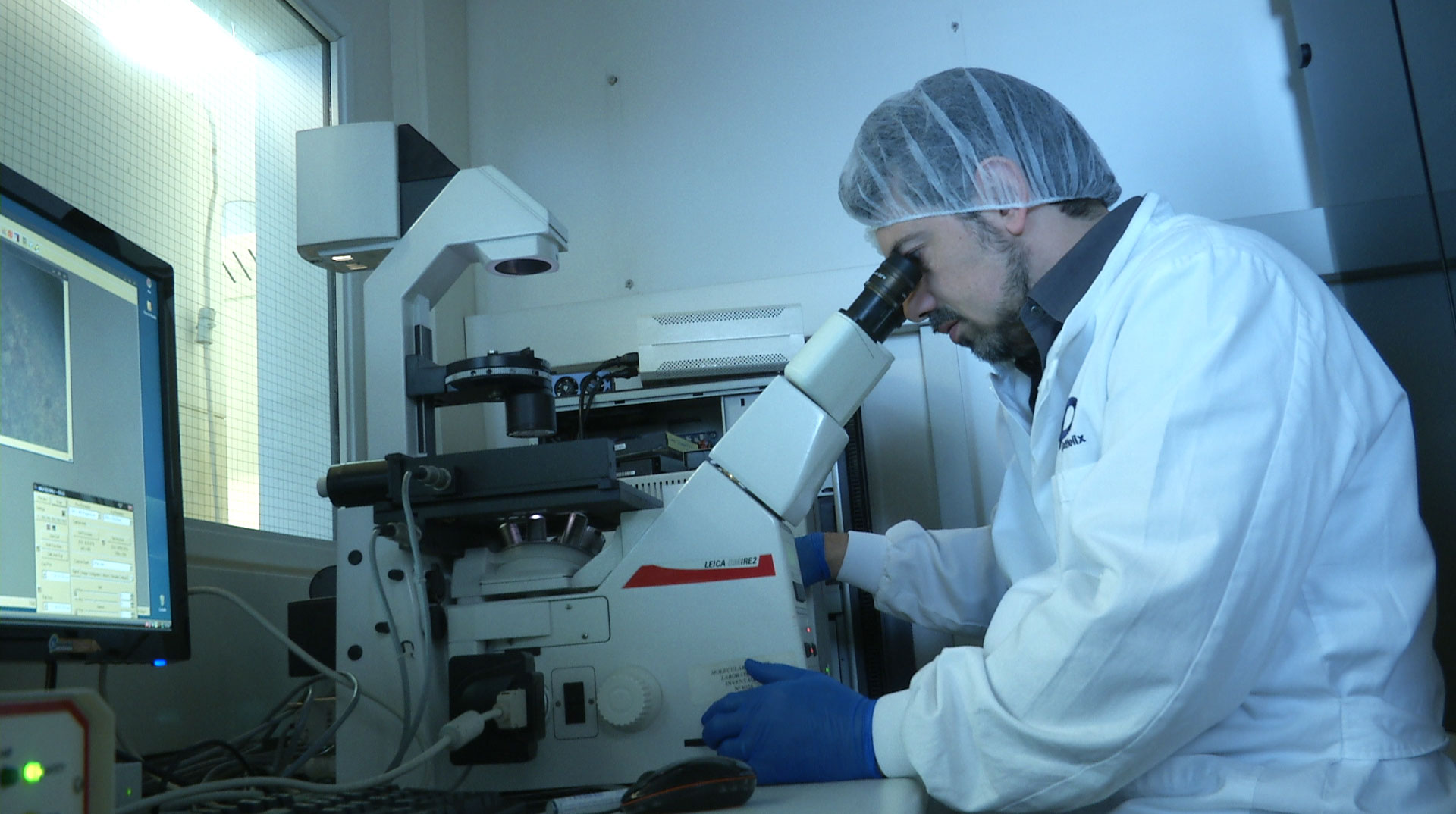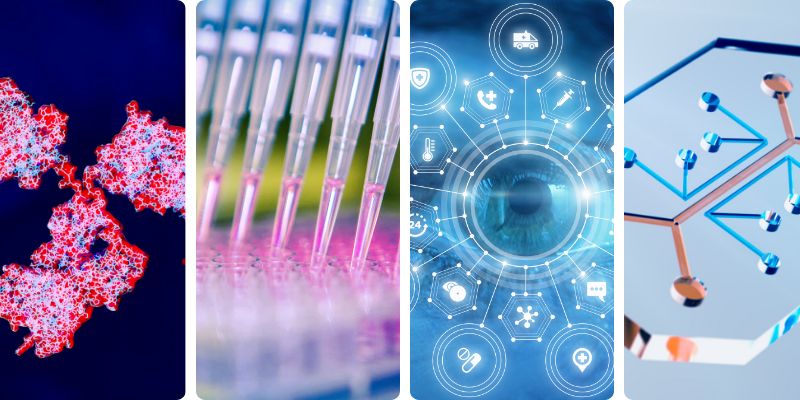
No Animal testing
Answers by By Dr Christophe Furger.
In vitro tests are of no interest when the real exposure level of the cells tested is unknown ?
Measuring toxicity is an extremely complex field which can not come down to the lapidary and too simplistic formulation above. I invite our reader to consult the 440/2008 directive from the European Commission (official journal of the European Union from the 31 May 2008) which exposes on 739 pages the animal and alternative methods that can be used in Europe ! As a very simple example : apprehending an acute toxicity or an effect on the reproduction (reprotoxic) will need radically different physiological contexts and measuring methods. Besides, do not forget that biology is an experimental science and that the “real exposure level” of a contaminant on a living model, whichever it is (cell, animal, man), is not measurable. More modestly, animal or in vitro toxicity methods just about manage to mime the behaviour of the human body towards a contaminant. To do so, an interesting approach consists in correlating the results observed with the effects identified among the human race. The level of correlation allows then to compare the methods (animal vs alternative for example) and above all to control their level of prediction of the effect observed among men.
Before reaching the cells, a molecule goes through a mucous membrane and is carried by the blood, etc…
Of course, and it can also undergo some biotransformations (or at the contrary display persistence), etc… The organism is greatly complex and the parameters that have to be evaluated are almost unlimited. Moreover, within a same species there are some significant individual variations that confuse the issue. It is illusory and simplistic to think that a laboratory animal, that differs in every way from man (because of its behaviour, its physiology, its phylogenetic gap, its level of stress in a cage, its breeding cycle, etc…), is inevitably a suitable model because it has a mucous membrane and blood vessels that carry contaminants ! In terms of toxicity methods, the best one will be the one which gives an optimal prediction of the effects noticed among men.
To know in what quantity it is absorbed, damaged etc, animal tests are still necessary.
Knowing “in what quantity” the substance “is absorbed, damaged” is a data, not a result. These factors (administration, damage, metabolism, evacuation) must be set back in the specific context of a drug development. By default, animal tests in this field are currently applied with the sword of Damocles which points the results : the incurred risk of extrapolation towards the human race and the complications that can occur during the clinical trials on the patient, or even after the distribution of the drug on the market. Having said that, it is right that alternative methods are few developed in this sector. In any case, no conceptual barrier prevents to imagine some possible tests out of the animal context. The informative contribution of an organism which can not be fully extrapolated to man is indeed not categorically superior to the organism of models which are more simple, of course less physiological but representative of the human race such as cell cultures.
Basically, they are false alternatives since these tests are of no interest without animal testing first.
When one simplifies too much, one gets close to syllogism…


